Overview
Chinese Name: 北朝
English Name: Northern Dynasties, Bei Chao
Duration: About 386 AD – 581 AD
King: Tuoba Yu 拓跋珪, Gao Yang 高洋, Yu wen Jue 宇文觉
Dynasties: Northern Wei Dynasty 北魏, Eastern Wei Dynasty 东魏, Northern Qi Dynasty 北齐, Western Wei Dynasty 西魏, Northern Zhou Dynasty 北周

Brief Introduction
The Northern Dynasties (386-581) refers to the general name of the five Northern Dynasties that existed in northern China during the northern and Southern Dynasties.
The Northern Dynasties included the Northern Wei 北魏, Eastern Wei 东魏, Western Wei 西魏, Northern Qi 北齐, Northern Zhou 北周, and other Northern Dynasties 北朝 established by the Xianbei nationality 鲜卑族. These five dynasties faced off with the Southern Dynasties that successively appeared in the southern region. They are collectively known as the Northern and Southern Dynasties 南北朝.
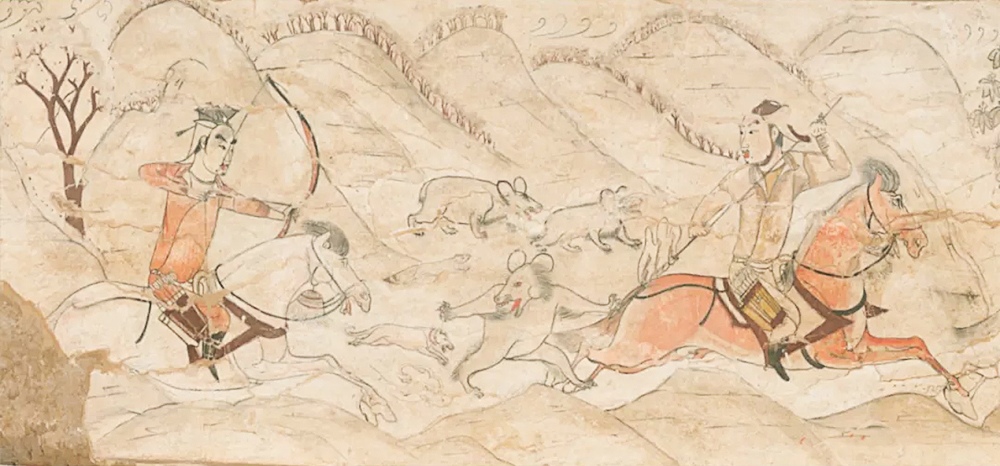
The Northern Dynasties ended the scuffle in the Central Plains in China for nearly 150 years since the rebellion of the eight kings 八王之乱. The Sui 隋 and Tang 唐 Dynasties of later generations inherited the Northern Dynasties, and the ancestors of their founding emperors were all precious people of the Northern Dynasties.
And from the military and political systems and other fields, it followed the Northern Dynasties and made better development and innovation. Laid the foundation for national integration.
Major Historical Events
Dynasty change process 朝代更迭历程
The Northern Wei was divided into Eastern Wei and Western Wei. The Northern Qi replaced the Eastern Wei, the Northern Zhou replaced the Western Wei, and the Northern Zhou destroyed the Northern Qi.

Northern Wei 北魏
The Northern Wei Dynasty was built by the Tuoba Department 拓跋氏 of Xianbei, also known as the Yuan Wei Dynasty 元魏. Tuoba tribe originally lived in the northeast, and then gradually moved south to the Mongolian 蒙古 grassland. They live by hunting and nomadism.
In 338, Shiyi Qian 什翼犍, its leader, became the king of Dai and established the Dai state 代国. Sheng Le (now Helingeer in Inner Mongolia 内蒙古和林格尔一带) is the capital. Later, it was destroyed by Fu Jian 苻坚. In 386, Tuoba Gui 拓跋珪, the grandson of Shiyi Qian, succeeded as the king and soon changed the country’s name to Wei 魏. He formulated laws and regulations to rebuild the country, which was called the Northern Wei Dynasty in history, and Tuoba Gui was Emperor Daowu of Northern Wei 北魏道武帝.

In 493 ad, Emperor Xiaowen Tuoba Hong 孝文帝拓跋宏 moved his capital to Luoyang 洛阳 and carried out a large-scale reform. After the reform of Emperor Xiaowen and the rebellion of six towns 六镇之乱, the Northern Wei Dynasty was finally divided into the Eastern Wei Dynasty and the Western Wei Dynasty.
Western Wei 西魏
In 534, Emperor Xiaowu of Northern Wei 孝武帝 separated from Gao Huan 高欢. He fled from Luoyang to Chang’an 长安 and took refuge in Yuwen Tai 宇文泰, a general of the Northern Wei Dynasty. The following year, Yuwen Tai killed emperor Xiaowu and made Yuan Baoju 元宝炬 emperor, which was called the Western Wei Dynasty in history. The regime is actually under the control of Yuwen Tai.
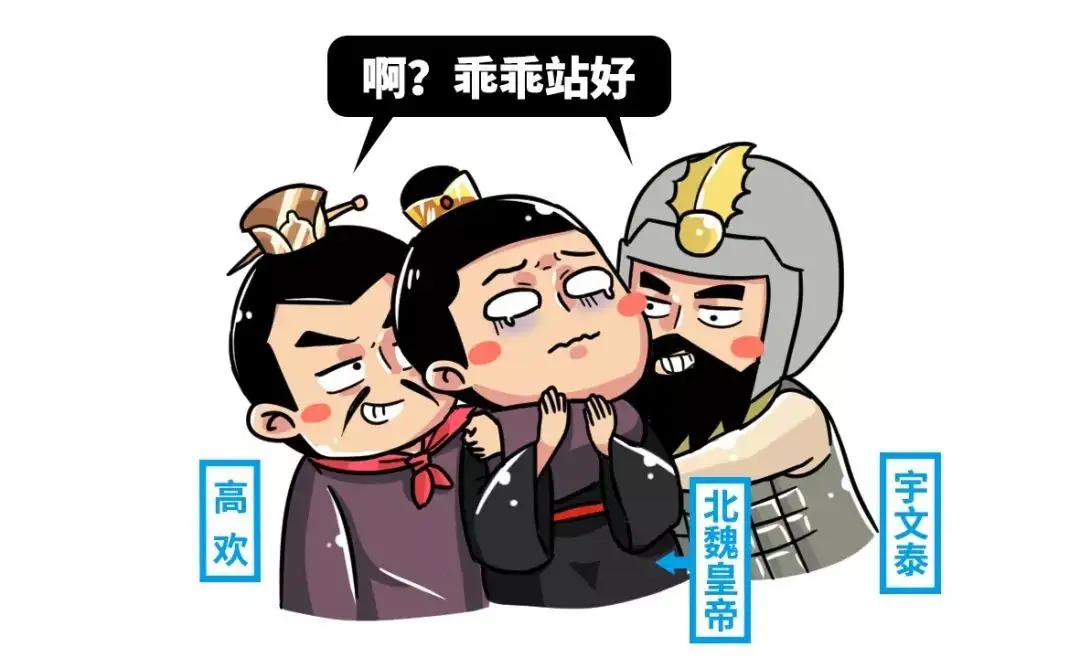
In 554, Yuan Kuo ascended the throne and was forced to change his surname to Tuoba in order to cater to the movement of Yuwen Tai. In 556, Yuwen Tai died of illness and was inherited by his nephew Yuwen Hu. In 557, Yuwen Hu was supported by the generals, forcing Emperor Gong of Wei 魏恭帝 to yield to Yuwen Jue 宇文觉, and the Western Wei Dynasty perished.
Eastern Wei 东魏
In 534, Emperor Xiaowu of the Northern Wei Dynasty, founded by his powerful Minister Gao Huan, was unwilling to be a puppet emperor. So he fled to Guanzhong and went to warlord Yuwen Tai. Gao Huan established Yuan Shanjian 元善见, who was only eleven years old, as emperor. That is, Emperor Xiaojing of the Eastern Wei Dynasty 东魏孝静帝. The Eastern Wei Dynasty began.

Land annexation was serious during Gao Huan’s reign. Social and ethnic contradictions are acute. And repeatedly lost to the powerful enemy, Yuwen Tai. In 550, Emperor Xiaojing was seated in Gao Yang 高洋, the son of Gao Huan, and the Eastern Wei was destroyed.
Northern Qi 北齐
After the death of Gao Huan, the powerful minister of the Eastern Wei Dynasty, Gao Cheng 高澄, the eldest son, inherited the regime of the state of Wei. When he intended to usurp the throne, he was assassinated by domestic slaves. His brother Gao Yang attacked the throne. He soon abolished the puppet emperor Xiaojing of the Eastern Wei Dynasty and became emperor in 550 A.D.
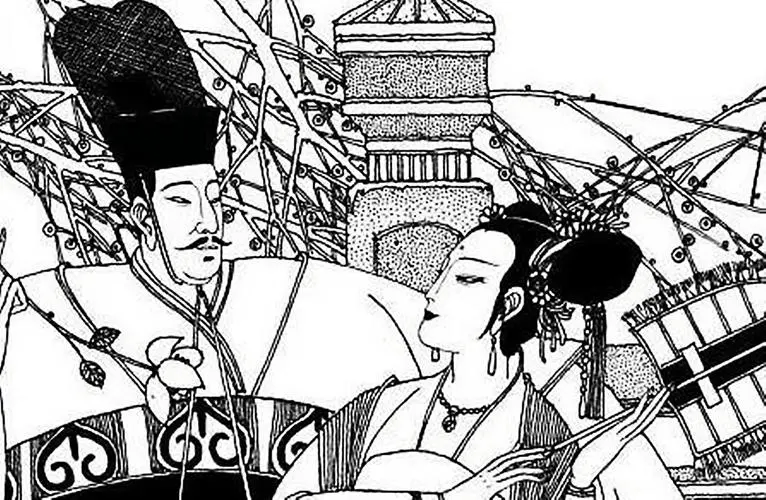
The country’s name is Qi, and the capital is Yecheng 邺城 (today’s Linzhang County, Hebei Province 河北临漳), which is historically known as the Northern Qi Dynasty.
The Northern Qi Dynasty experienced six emperors. In 577 ad, it was destroyed by the old enemy Northern Zhou Dynasty and enjoyed 28 years of the country.
Northern Zhou 北周
The foundation of the country was laid by Yuwen Tai, the powerful minister of the Western Wei Dynasty, and formally established by his son Yuwen Jue. There are five emperors, a total of 24 years. After the death of Yu Wentai, who actually held the power of the Western Wei Dynasty in 556, his third son Yu wen Jue succeeded to the throne.
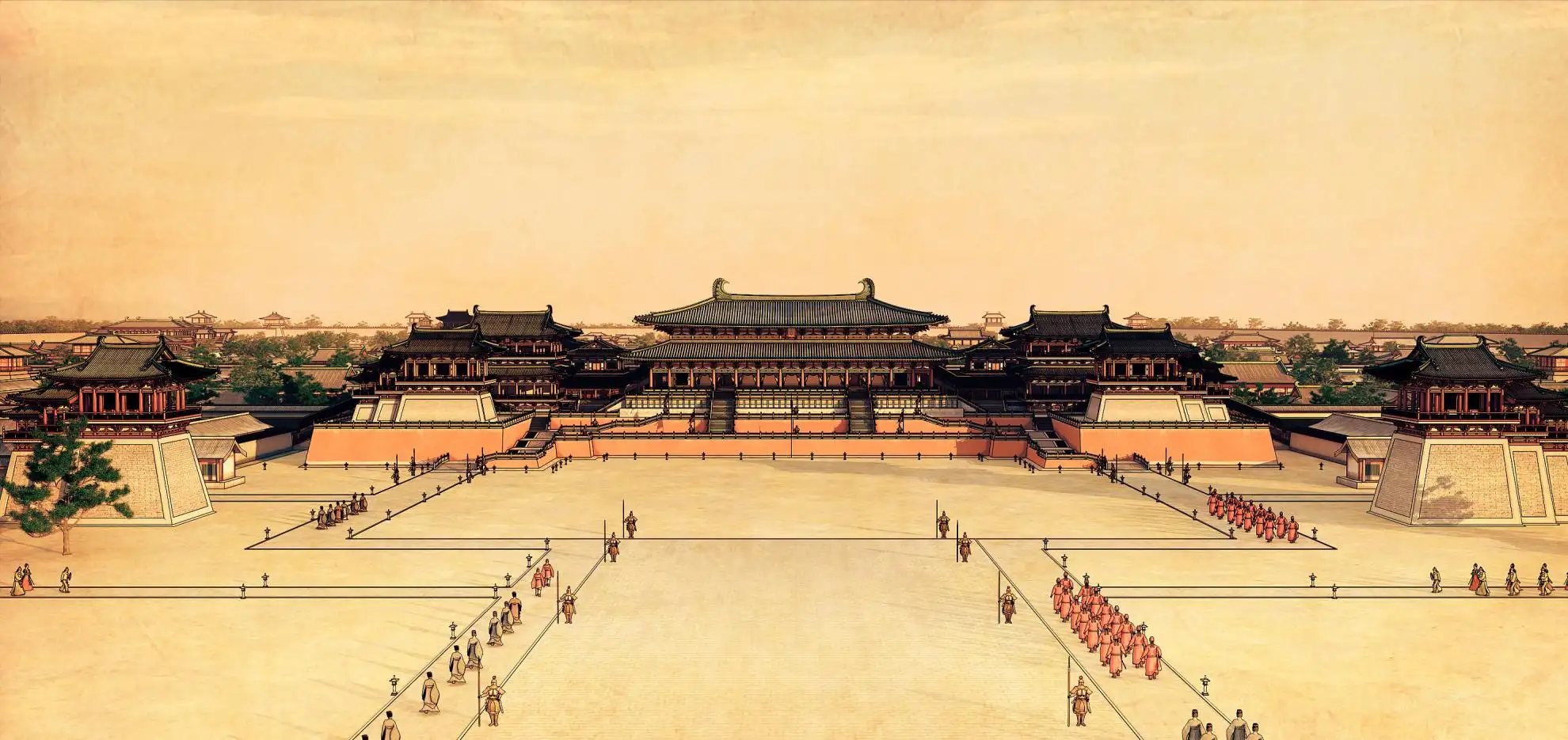
At the beginning of the next year, he abolished Gong emperor of the Western Wei Dynasty and called himself Emperor. The country was named Zhou, and its capital was established in Chang’an 长安 (now Xi’an, Shaanxi 陕西西安), which was called the Northern Zhou Dynasty in history.
In 577, the Northern Zhou Dynasty destroyed the Northern Qi Dynasty and unified the north. In 581 ad, Yang Jian 杨坚 became emperor through Zen surrender. He changed the country name to Sui. The Northern Zhou Dynasty perished.
Important Influences
Ideological integration of all ethnic groups
The ethnic minorities in the Northern Dynasties lacked political experience, so they placed great importance on the Han clan. This caused the cultural borrowing of both sides, and form cultural mixing for a long time.
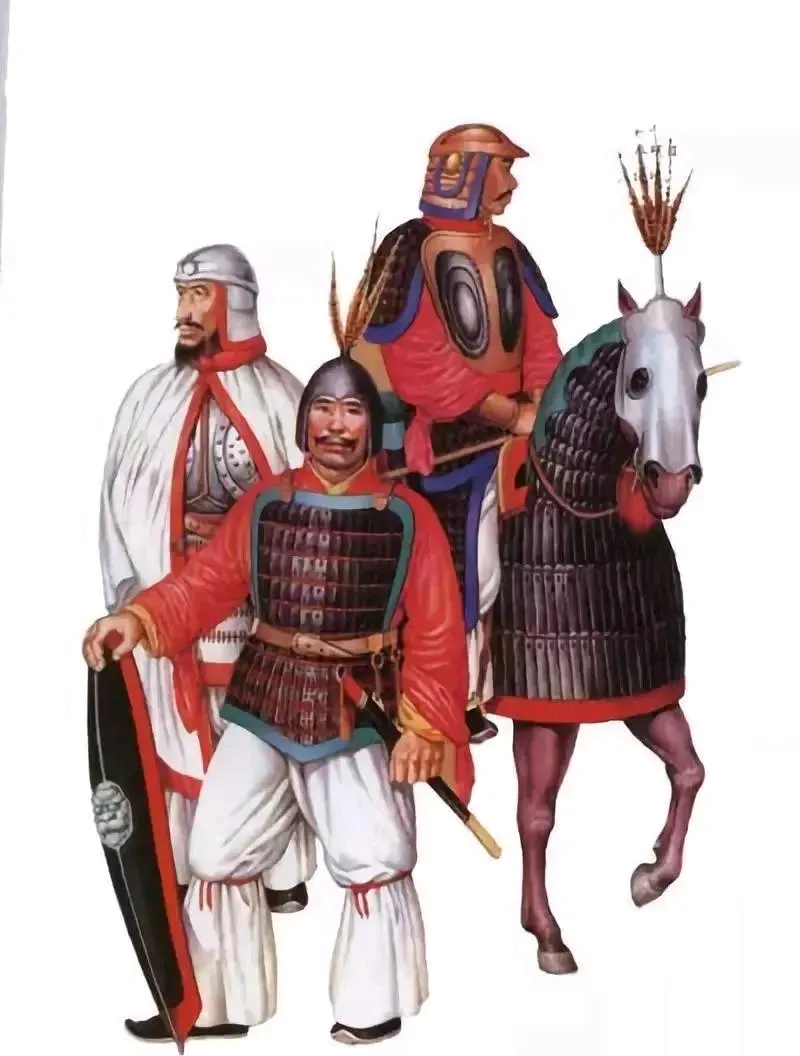
Among them, the Sinicization movement of Emperor Xiaowen of the Northern Wei Dynasty was the most prosperous. The process of mixing produces intense ideological conflict, political struggle, or ethnic conflict, such as the rebellion of six towns 六镇之乱.
The great development period of Chinese culture and art
The ideology and culture of the Northern Dynasties were more lively and open because of the awakening of scholars. It also shows the characteristics of taking the Central Plains culture as the theme and the collision and blending of multiple cultures.

The long narrative poem is represented by the Ballad of Mulan 木兰诗. Terms of folk songs, different from the northern and southern cultures, show different colors and moods.